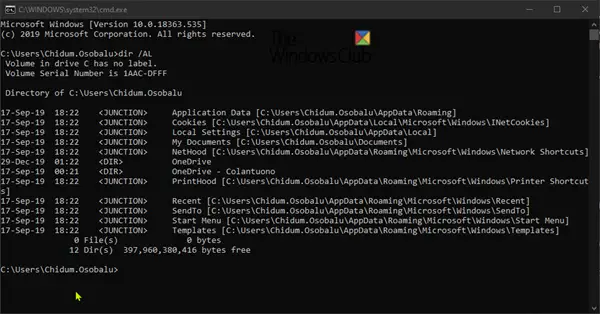In some cases, junction points from the Default User profile on non–en–US Windows installation media might be missing. In this post, we will describe a known workaround to remediate this issue.
What are Windows Junction Points
A Junction, also called an NTFS junction point, is a feature of the NTFS file system. It is a pointer to a directory on the local volume. It can be accessed through the Windows GUI in addition to the Windows command line.
The function of a junction is to reference a target directory. Junctions can be created to link directories located on different partitions or volumes, but only locally on the same computer. It does this through the implementation of the NTFS feature called reparse points. Redirected targets in Junctions are defined by an absolute path. An absolute path refers to a path that will contain the root element and the complete directory list that is required to locate the target.
Thus, it should be noted that if the target is deleted, moved or renamed, all junctions which point to the target will break and continue to point to a non-existing directory.
Missing junction points on non–en-US Windows installation media
Consider the scenario where you have Windows installation media, such as an ISO file that is downloaded from MSDN, that is not in the en-US language (for example, fr-CA or en-GB).
On this media, the junction points might be missing in the Default User profile. Because of this issue, any user profiles in this system that are created in the future will not have these junction points. For example, when this issue occurs, you run the command below in command prompt under the user profile folder:
dir /AL
By contrast, below is an example of output if the junction points exist:

This issue may cause compatibility issues for some applications that rely on these junction points existing.
Furthermore, this issue occurs for new installations and in-place upgrades to Windows 10.
To work around this issue, use an en-US image to install Windows, and then install the necessary language pack.
That’s it!